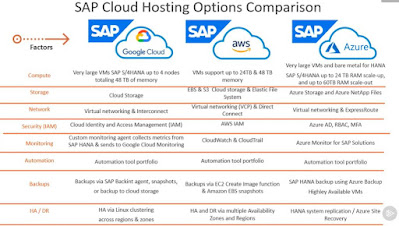This Week I Learned - Week #52 2021

This Week I Learned - * Azure Cognitive Services Translator can transliterate /converts text in one language from one script to another script. * Gmail protects your email by making sure messages you send and receive are authenticated. Unauthenticated messages might be sent to spam. Gmail authenticates messages with SPF (Sender Policy Framework), DKIM (DomainKeys Identified Mail), and DMARC or Domain-based Message Authentication, Reporting, and Conformance. * SPF specifies which hosts are allowed to send messages from a given domain by creating an SPF record. DKIM allows the sender to electronically sign legitimate emails in a way that can be verified by recipients using a public-key. DMARC helps mail administrators prevent hackers and other attackers from spoofing their organization and domain. Spoofing is a type of attack in which the From address of an email message is forged. A spoofed message appears to be from the impersonated organization or domain. * Messages that aren't






